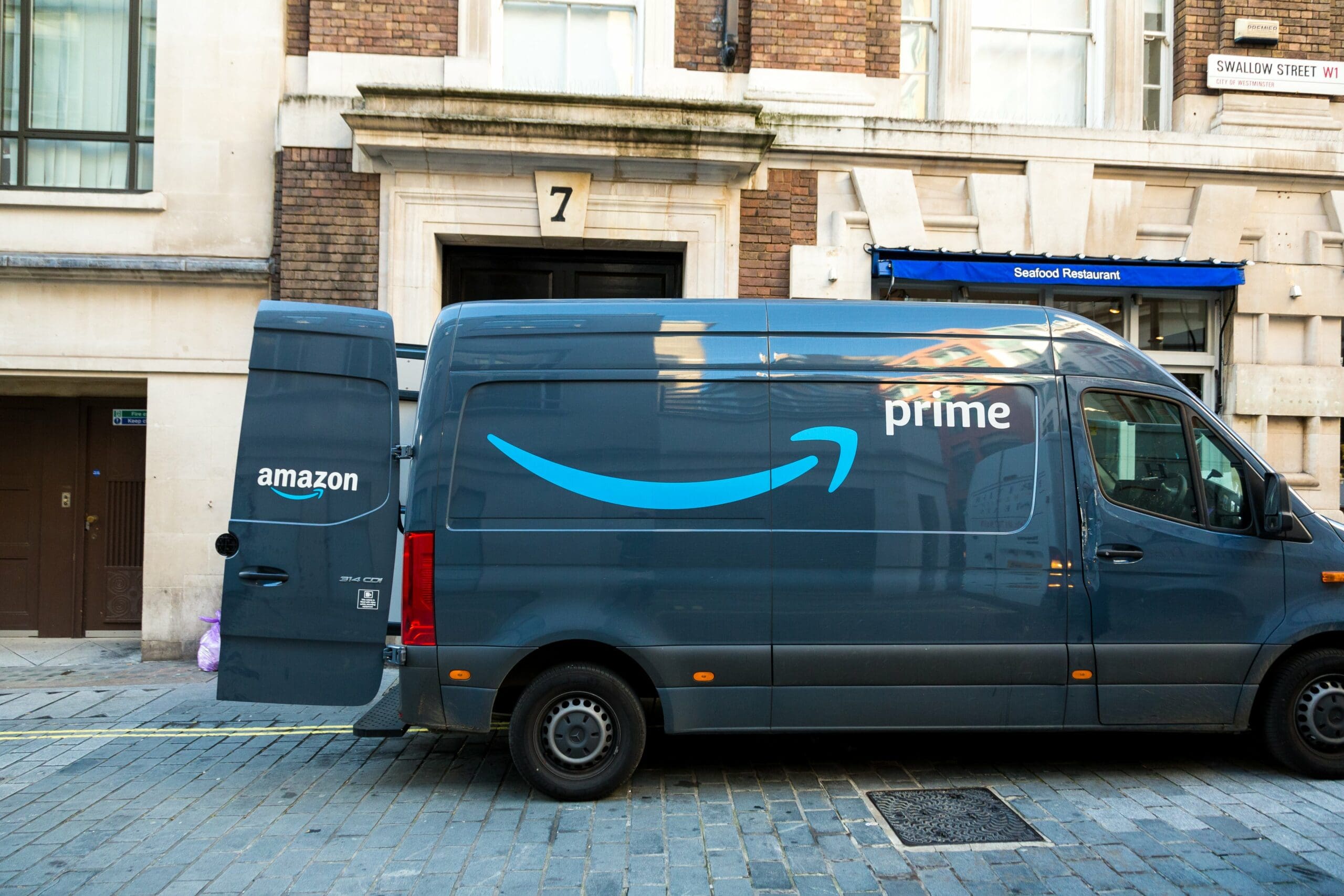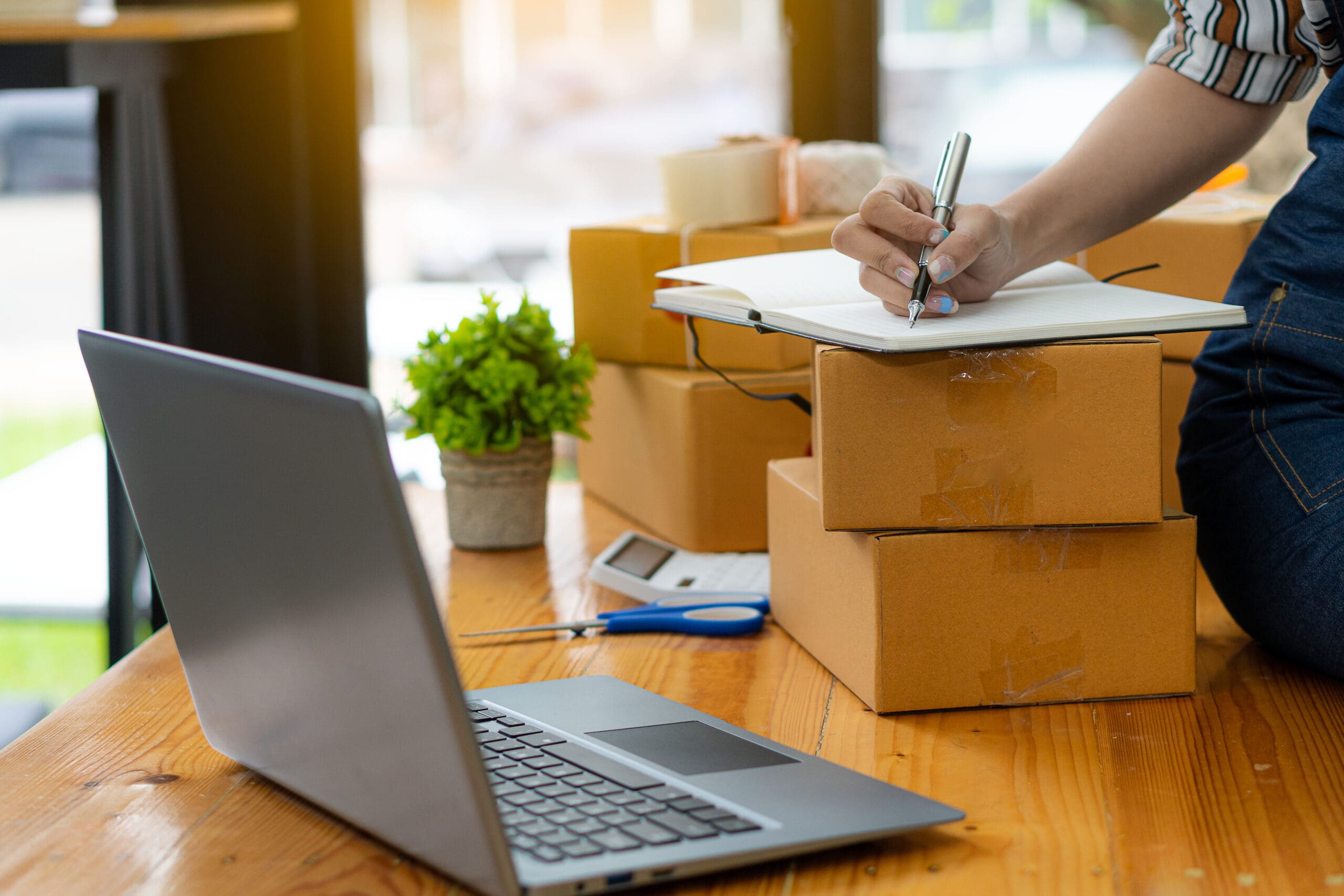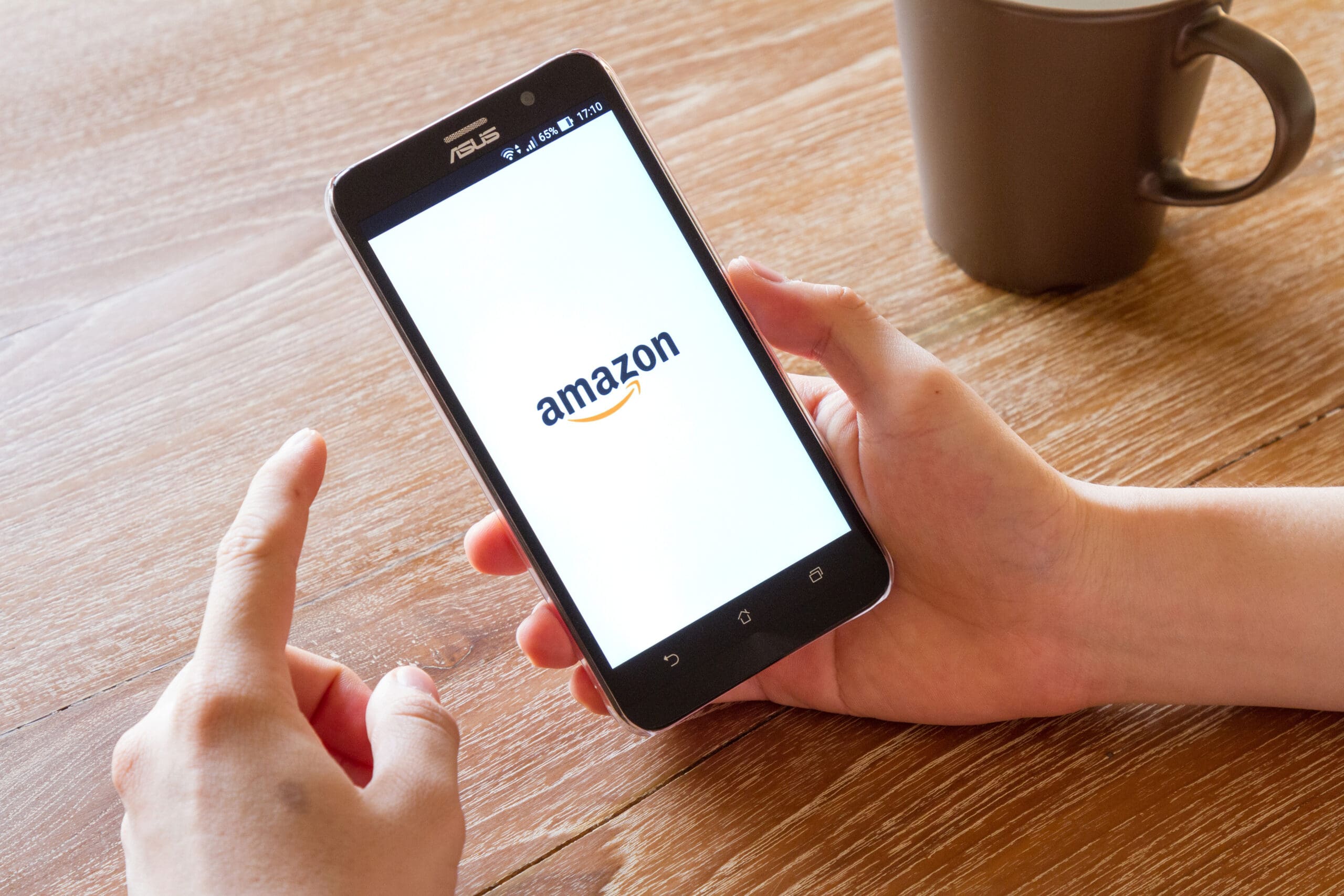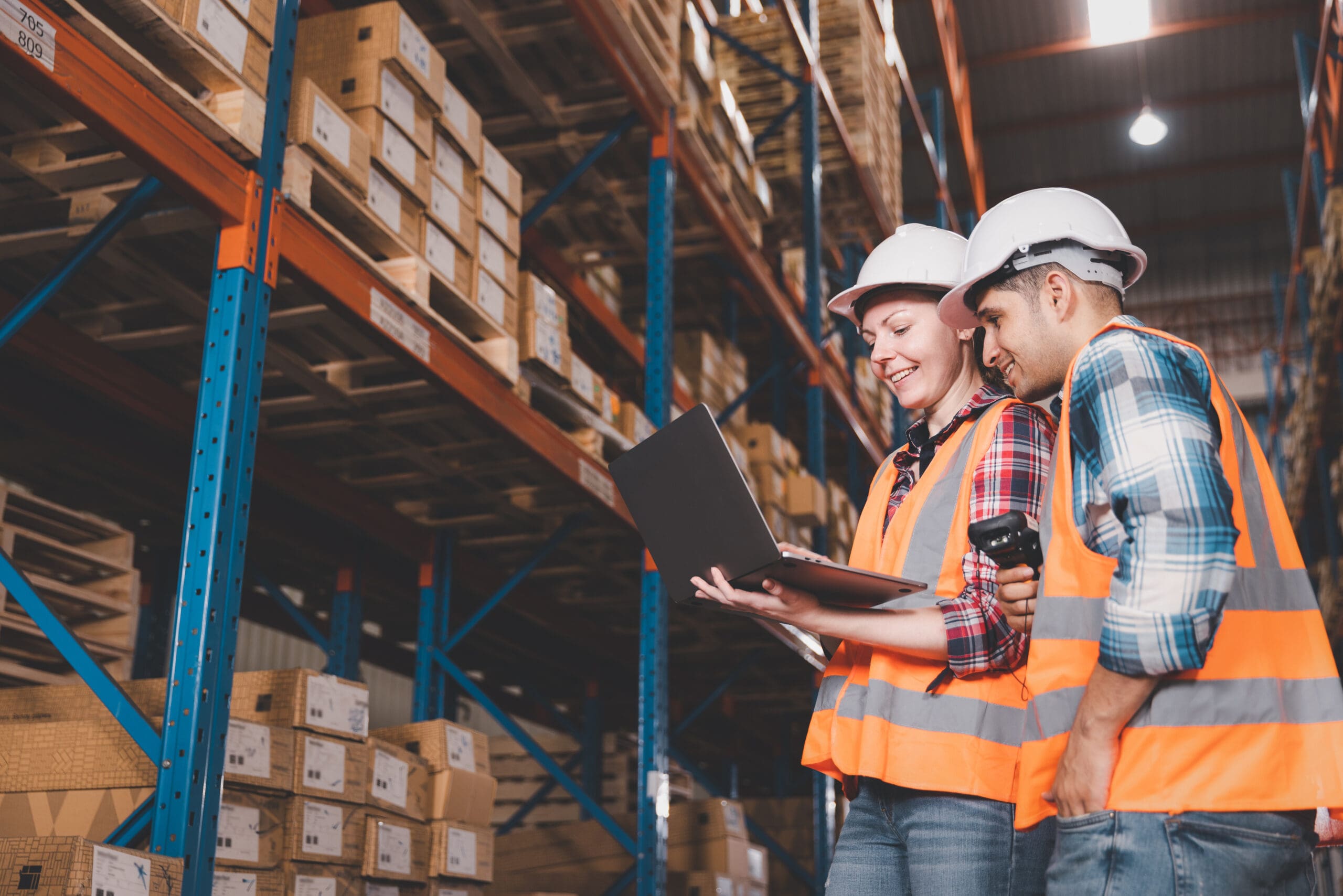As the owner of a growing eCommerce brand, you know just how important it is to ship orders promptly and efficiently. In fact, 42% of online shoppers now expect 2-day shipping as an option for every online purchase. The only trouble is that managing shipping processes in-house can quickly become time-consuming and expensive, especially when your company is growing.
If shipping issues go unchecked, they could seriously hinder your growth potential. This is where outsourcing to a third-party logistics (3PL) provider comes into play.
In this comprehensive blog post, we’ll explore the benefits of outsourcing your fulfillment. Then we’ll provide a step-by-step guide on how to find and work with a 3PL to streamline your operations and ultimately grow your brand.
7 Reasons To Outsource Fulfillment
Outsourcing fulfillment can be a game-changer for growing eCommerce brands. So much so that it’s practically a rite of passage once you’re shipping about 100 orders per month or so.
But why is this the case? In this section, we’ll discuss why brand owners such as yourself so often rely on 3PLs for fulfillment.
1. You can focus on growing your business.
Imagine this – instead of being bogged down by the complexities of shipping, warehousing, and order management, you can free up your time and energy to focus on your strengths. You don’t have to spend your valuable time packing boxes yourself. Instead, you can entrust your fulfillment to experts and rest easy knowing that your orders will be handled efficiently and accurately.
Freeing up your time alone can be reason enough to outsource. So, if you’re looking to take your eCommerce brand to the next level but find yourself fighting an eternal fight to squeeze more work hours into an already long day, outsourcing fulfillment may be the smartest move you can make.
2. It may reduce shipping costs.
One of the most significant benefits of outsourcing fulfillment is lower shipping costs. As an eCommerce brand owner, you are probably familiar with the high costs associated with shipping, especially if you are shipping products internationally. However, when you partner with a 3PL, you can take advantage of their bulk shipping discounts.
In short, 3PLs ship a TON of packages every day. This allows them to negotiate better rates with shipping carriers than you could on your own. These savings can be so steep that they can offset the cost of labor, storage, and other fees when you’re shipping enough orders per month.
The savings 3PLs make on postage are passed on to you, resulting in reduced shipping costs for your business. By outsourcing fulfillment, you can improve your bottom line, boost profitability, and invest your cost savings in other areas of your business.
3. Fulfillment will be more timely and accurate.
One of the most significant advantages of outsourcing fulfillment is the ability to provide more accurate and timely delivery for your customers. This is because 3PLs have extensive experience and expertise in logistics and order management. They are equipped with state-of-the-art infrastructure and technology and are managed by highly qualified personnel. This allows 3PLs to manage complex fulfillment operations and ensure that orders are processed accurately and shipped promptly.
This results in faster delivery times and increased customer satisfaction, leading to positive reviews and repeat business.
4. Customer satisfaction is likely to increase.
One of the primary goals of any eCommerce brand is to keep its customers happy. When it comes to order fulfillment, accuracy and speed are critical components in ensuring customer satisfaction. These days, customers’ expectations are largely formed by their experiences with Amazon, and they expect your brand to be able to keep up!
It is entirely possible to run a Shopify store from your home, even with hundreds of orders per month. But that requires constant trips to the post office or constantly scheduling pick-ups with carriers. Every order and every label must be applied correctly, or the shipment might be wrong or go to the wrong place. The more orders that have to go out, the higher the odds of making mistakes, no matter how diligent you are!
By outsourcing your fulfillment operations to a 3PL, you can improve your order accuracy and processing times, resulting in happier customers. When customers receive their orders promptly and accurately, they are more likely to have a positive experience with your brand and become repeat buyers.
5. You will be more easily able to scale your business.
As your eCommerce business grows, so does the complexity of your fulfillment operations. To accommodate this growth, you may need to expand your office or warehouse space, hire additional staff, and invest in new technology.
On the other hand, if you outsource to a 3PL, you don’t have to worry about this. If your order volume doubles or triples overnight, your 3PL can probably handle it. This can provide you with the flexibility you need to adapt to changing market conditions and stay ahead of the competition.
6. A great 3PL can help you streamline your entire supply chain.
Outsourcing your fulfillment to a 3PL can do more than just save you time and money; it can also help you streamline your entire supply chain. By working with a 3PL, you can gain access to their expertise and technology to optimize your logistics operations.
Most 3PLs offer order fulfillment and returns. Many also provide freight and customs brokerage, meaning that a single company can coordinate everything between manufacturing and fulfillment.
This streamlining of processes helps reduce errors and free up your time, and you can do so without getting multiple different companies involved.
7. Most 3PLs are well-equipped to handle seasonal demand fluctuations.
One of the key benefits of outsourcing fulfillment to a 3PL is the flexibility it offers in managing seasonal demand fluctuations. As an eCommerce brand owner, you may experience spikes in demand during certain times of the year, such as the holiday season. These fluctuations can be challenging to manage, especially if you’re doing your own fulfillment in-house.
For 3PLs, on the other hand, good ones are well-equipped to handle increased order volume during the holidays without a hitch. If you have spikes in demand at any other time, since your orders will be fulfilled by the same company handling hundreds of others, your order spikes will make a relatively small impact on your 3PL. In other words, what could be unimaginably complicated for you to manage can often be handled without a single hiccup by a dedicated 3PL.
10 Steps To Outsource Fulfillment
Understanding the need for a 3PL is one thing. Finding the right one to work with and then giving them what they need to get started is another, and it can be pretty intimidating if you’ve never done it before!
In this section, we’ll cover the ten steps you need to cover to outsource fulfillment.
1. Figure out your specific business needs.
When it comes to shipping, 3PLs have more expertise and experience than any other kind of business. They have extensive knowledge of logistics, order management, and shipping operations, allowing them to optimize your supply chain and improve your processes. But that doesn’t mean every single 3PL will be the right fit.
Ideally, you will want to find a 3PL that serves your niche in particular. If you sell apparel, you will want to find a 3PL with extensive experience shipping apparel. Likewise, if you ship board games, you will want to find a 3PL specializing in that.
By finding a 3PL within your niche, not only can you find one that can ship orders in a timely manner, but you can also find one that knows the unique challenges of your industry. This means they will have processes to support your business and will likely provide value-added services, such as kitting, assembly, refurbishment, and others, that you may need.
2. Look for 3PLs.
When you’re looking for a 3PL, contact other business owners in your industry. You can conduct an online search, and that can yield great results, but always try your network first. It’s very common for large 3PLs to spend a lot on advertising, which can skew the results you see when you’re searching.
If you can’t find a 3PL by contacting people in your network, use more specific search terms such as “apparel fulfillment” or “cosmetics fulfillment” and see what comes up.
3. Evaluate 3PLs based on your business needs first.
Pricing, online reviews, and integrations are important. But there are a lot of 3PLs in the world. First, you will want to narrow down your options based on your business needs. Look for 3PLs that have at least some experience in your niche first.
Then consider their location, shipping options, technology integrations, and any value-added services they may offer. For example, if you need to offer two-day shipping to your customers, make sure the 3PL you choose can meet that requirement. Or, if you need to integrate your eCommerce platform with their order management system, ensure they have the necessary technology in place.
Requesting and comparing quotes is time-consuming, so going through this step will help you focus on spending time with 3PLs that are likely to be a good fit.
4. Request quotes.
Once you have identified potential 3PLs that meet your business needs, the next step is to request quotes. Contact each 3PL on your shortlist and ask for detailed pricing information, including any fees or additional costs that may apply. This can help you compare costs and find a provider that offers the services you need at a price point that fits your budget.
Once you have quotes from your 3PLs of choice, make a spreadsheet and do your best to compare them apples-to-apples. This is difficult because every 3PL has a slightly different pricing model. There is no good way around this process, but it’s an important step nonetheless.
The key here is to select a 3PL with reasonable rates but not necessarily the cheapest. You should also consider factors such as the 3PL’s experience, reputation, and customer service.
Your 3PL will ultimately become one of your closest business partners, so this isn’t something you’ll want to go cheap on. Think in terms of total cost of ownership. Paying slightly more in the short run can pay off, if it reduces returns and damages in the long run.
5. Evaluate 3PLs based on online reviews and case studies.
When evaluating potential 3PLs for your eCommerce brand, it’s important to research their reputation and track record. One way to do this is by reading online reviews from other businesses they have worked with. It’s also a good idea to seek out case studies of businesses like yours that the 3PL has worked with to see how they were able to help those companies succeed.
Key factors to look out for include good communication and timely delivery. Negative reviews regarding communication or timeliness are both huge red flags.
Try contacting some of the businesses mentioned in the case studies and see if the references check out. This can help you ensure that the reviews and case studies you’re reading are reliable.
6. Book a warehouse tour – in person or online.
If you’re considering outsourcing fulfillment for your eCommerce brand, scheduling a warehouse tour with your top choices is important. This can be done in person or online, depending on your preferences and the location of the 3PL. It’s a good sign when a 3PL is willing to share what is going on behind the scenes.
A warehouse tour can give you a firsthand look at the 3PL’s facilities, operations, and technology, allowing you to better assess their capabilities and suitability for your business. During the tour, you can ask questions, observe their operations, and meet with key personnel to better understand how they can help your business.
7. Choose a 3PL.
After researching, requesting quotes, and scheduling warehouse tours, it’s time to choose a 3PL for your eCommerce brand. Consider all the information you have gathered, including pricing, services, reputation, and your experience during the warehouse tour.
Take the time to weigh the pros and cons of each potential provider and choose the one that offers the best overall value for your business.
8. Integrate your systems.
Once you’ve chosen a 3PL for your eCommerce brand, the next step is to integrate your systems with theirs. This involves connecting your eCommerce platform, order management system, and any other relevant software to the 3PL’s system. Doing so can ensure a seamless flow of data between your systems, enabling accurate order processing and tracking.
Your chosen 3PL should have a team of experts who can help you with the integration process and ensure that everything runs smoothly.
9. Send in inventory.
Once you’ve integrated your systems with your chosen 3PL, it’s time to send in your inventory. Arrange for your products to be shipped to the 3PL’s warehouse, making sure to communicate any special handling or storage requirements to ensure that your products are correctly cared for. This can include things like temperature control, fragile item handling, or specific packaging requirements.
If you have any concerns about how to do this, ask your 3PL if they provide freight brokerage services. Many 3PLs do, and this can make it easier to ship inventory in bulk.
10. Test, launch, monitor, and optimize.
Once you’ve sent in your inventory and integrated your systems with your chosen 3PL, test your order processing and tracking systems to ensure everything works correctly. After doing this, you can comfortably launch your fulfillment operations, knowing they are likelier to work smoothly.
For the first couple of weeks, you will want to monitor orders and ensure they are processed accurately and delivered on time. Then over the next few months, you’ll see what needs improvement.
Remember to communicate regularly with your 3PL to ensure they understand your business goals and are working to help you achieve them.
Final Thoughts
Outsourcing fulfillment to a 3PL can be tremendously beneficial for your growing eCommerce brand. With the right 3PL partner, you can reap numerous benefits, such as reduced shipping costs, improved efficiency, and the ability to focus on your core business activities.
Finding the right 3PL is a daunting task, to be sure. However, once you know why outsourcing makes sense, you can follow the ten steps in this guide to find the right 3PL and get off to a great start.
Don’t hesitate to explore your options. The right 3PL partner is out there, and once you start working with them, it will be well worth the time put into finding them!









